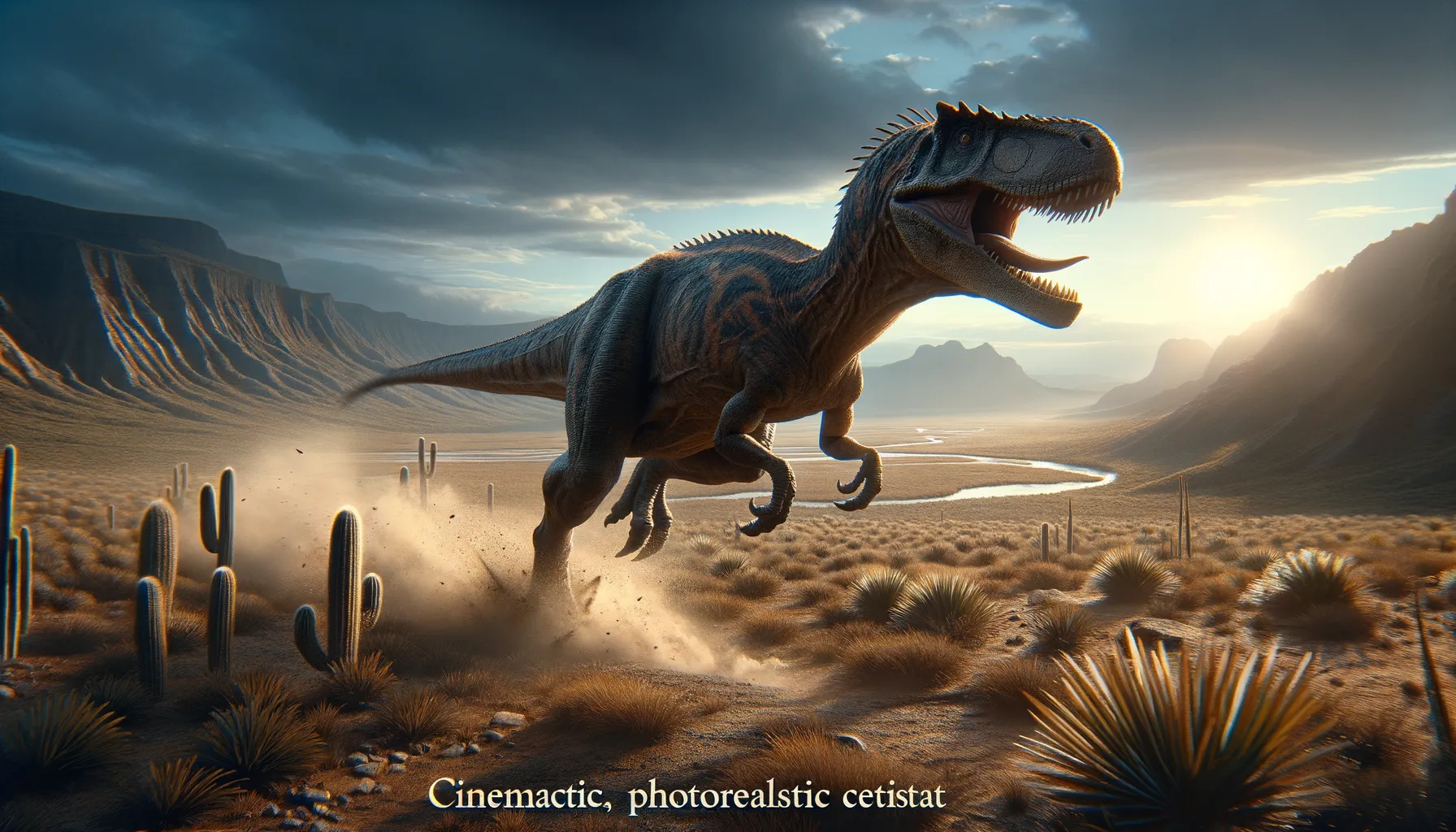
Oryctodromeus
The Cretaceous digger and sprinter.
Period
Cretaceous
Length
Measured about 2 meters from head to tail.
Height
Stood approximately 1 meter tall at the hip.
Weight
Weighed around 20 to 30 kg.
Oryctodromeus was a small, agile dinosaur known for its burrowing capabilities. Living during the Cretaceous period, it adapted to a life of both speed on the ground and protection underground. Its name means 'digging runner', reflecting this dual lifestyle. The discovery of its fossilized burrow showcases its unique behavior among dinosaurs, providing insights into the varied survival strategies of these ancient creatures.
Diet
Oryctodromeus was likely herbivorous, feeding on plants available in its environment. Its diet would have consisted of leaves, stems, and possibly fruits.
Hunting
As a herbivore, Oryctodromeus did not hunt other animals. Instead, it foraged for plant materials suitable for its dietary needs.
Environmental challenges
Oryctodromeus faced various environmental challenges, including predation by larger carnivorous dinosaurs. To cope, it used its burrows for protection against threats. Harsh climate conditions might have also posed a challenge, requiring adaptation to seasonal changes in its habitat. Limited availability of food during certain periods could have necessitated efficient foraging strategies.
Speed
Oryctodromeus was relatively quick, capable of running to escape predators.
Lifespan
Estimated to have lived for about 10 to 15 years.
First discovery
First discovered in southwestern Montana, USA, in 2007.
Fun Facts
- Oryctodromeus was a small dinosaur that lived about 95 million years ago during the Mid-Cretaceous period.
- Its name, Oryctodromeus, means 'digging runner,' reflecting its ability to both burrow and run swiftly.
- This dinosaur is unique for being the first discovered with evidence of burrowing behavior, suggesting it may have dug tunnels to protect itself and its young.
- Fossils of Oryctodromeus have been found in Montana, USA, along with remains of its possible burrows, indicating a complex social behavior.
- It was a plant-eater, likely feeding on a variety of low-growing vegetation, making it a herbivore like many other small dinosaurs.
- Oryctodromeus had strong limbs, which would have helped it in digging its burrows and in fast running to escape predators.
- The size of an Oryctodromeus was roughly similar to a modern sheep, making it relatively small compared to many other dinosaurs.
Growth and Development
Oryctodromeus would have started life as a small hatchling, growing relatively quickly to reach maturity. Its development included adapting burrowing skills from a young age. Evidence suggests that juveniles stayed in the family group for protection. Rapid growth would have been necessary to survive the predatory pressures of its environment.
Habitat
Oryctodromeus lived in areas that provided suitable ground for burrowing, such as riverbanks or soft soils. Its habitat was likely composed of forested regions with abundant plant life. Access to water sources was important for drinking and maintaining habitat conditions. Seasonal changes might have influenced its migration patterns within its territory.
Interaction with other species
Oryctodromeus likely interacted with other herbivorous dinosaurs, competing for plant resources. It might have lived in proximity to larger dinosaurs, staying alert to avoid predation. Mutualistic relationships with plant species could have existed, aiding in seed dispersal. Its burrowing behavior also likely impacted the soil ecosystem, influencing the habitat of small creatures.
Natural lifespan
Oryctodromeus naturally lived up to 10 to 15 years.
Reproduction
Oryctodromeus likely laid eggs in nests built within its burrows. The burrows protected the eggs and young from predators and environmental extremes. Family groups probably played a role in raising and protecting the young. Seasonal reproduction patterns may have aligned with favorable climate conditions.
Social behaviour
Oryctodromeus might have lived in small family groups, using communal burrowing as a strategy for protection. Social hierarchies could have existed within these groups, influencing access to resources. Communication within the species likely involved vocalizations or physical signals. Its social behavior facilitated cooperative living and enhanced survivability.
Fossil locations
Oryctodromeus fossils have been primarily found in Montana, USA. The discovery of its burrow provided insights into its behavior and environmental adaptations. Fossil evidence indicates a well-preserved habitat, offering a detailed glimpse into its life. The findings have contributed significantly to understanding dinosaur burrowing behavior.
